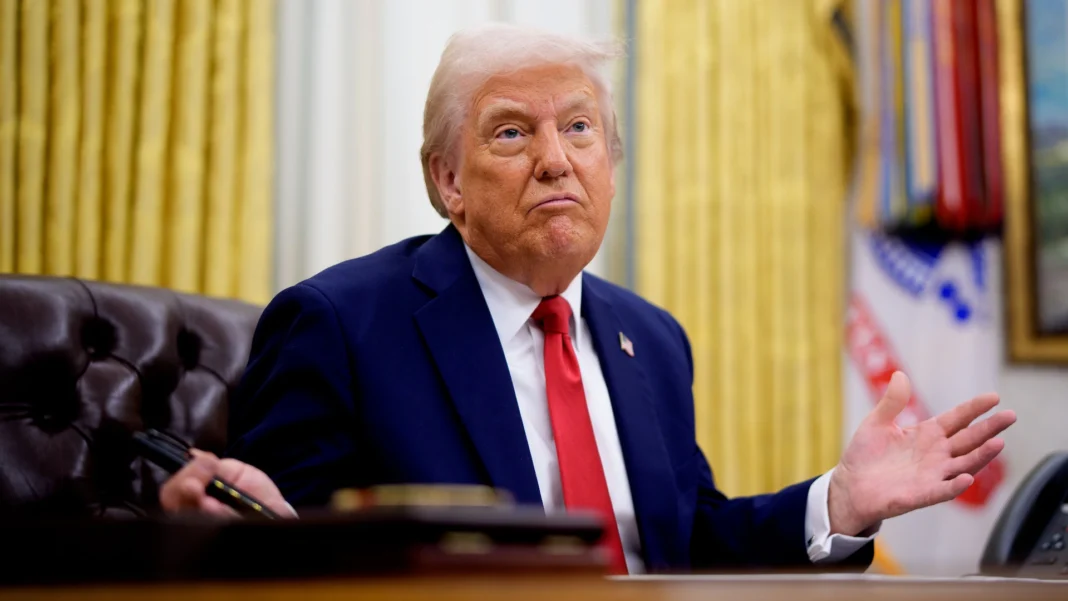President Donald Trump recently announced a slight rollback on tariffs affecting the automotive industry, offering a temporary adjustment period. However, car buyers and owners in the U.S. should still brace for rising costs in vehicle prices, parts, and repairs.
The 25 percent tariff on imported cars, which went into effect on April 3, remains unchanged, while the tariff on imported parts will still be applied beginning May 3. However, the new policy prevents multiple tariffs from being applied to the same vehicle or its components. This means that if a car or part is subject to different import taxes, only the highest tariff will be applied instead of stacking multiple fees.
How does this help automakers?
Car manufacturers often move parts across borders multiple times during production. For example, aluminum may be shipped to the U.S. to create parts, then sent overseas for assembly, before returning to the U.S. in a completed powertrain. Under the new rule, manufacturers would only pay the tariff on the assembled powertrain, rather than paying separate taxes on the aluminum used to make it.
Additionally, vehicles that meet the United States-Mexico-Canada Agreement (USMCA) requirements, meaning at least 85 percent of their parts are sourced within those countries, are already exempt from import tariffs.
A temporary credit for automakers
To ease the burden of tariffs, a temporary tax credit will be introduced. Starting May 3, automakers can receive a 3.75 percent credit on imported parts used in U.S.-assembled vehicles. After one year, the credit will drop to 2.5 percent. Another year later, it will be eliminated, encouraging manufacturers to bring parts production back to the U.S.
What does this mean for car buyers?
Even with these changes, vehicle prices and repair costs are expected to rise. Estimates suggest the new credits may only reduce tariff costs by $900 (12,865Ghc) for a Ford Explorer built in Chicago and $2,000 (28,589Ghc) for a GM pickup truck made in Texas. Tariffs on imported replacement parts will also drive up repair costs and increase insurance premiums, affecting not just new car buyers but all drivers.
Without further policy changes, American consumers may face higher expenses, whether they’re purchasing a new car or maintaining their current one. For now, the adjustments provide only temporary relief while the industry adapts.




